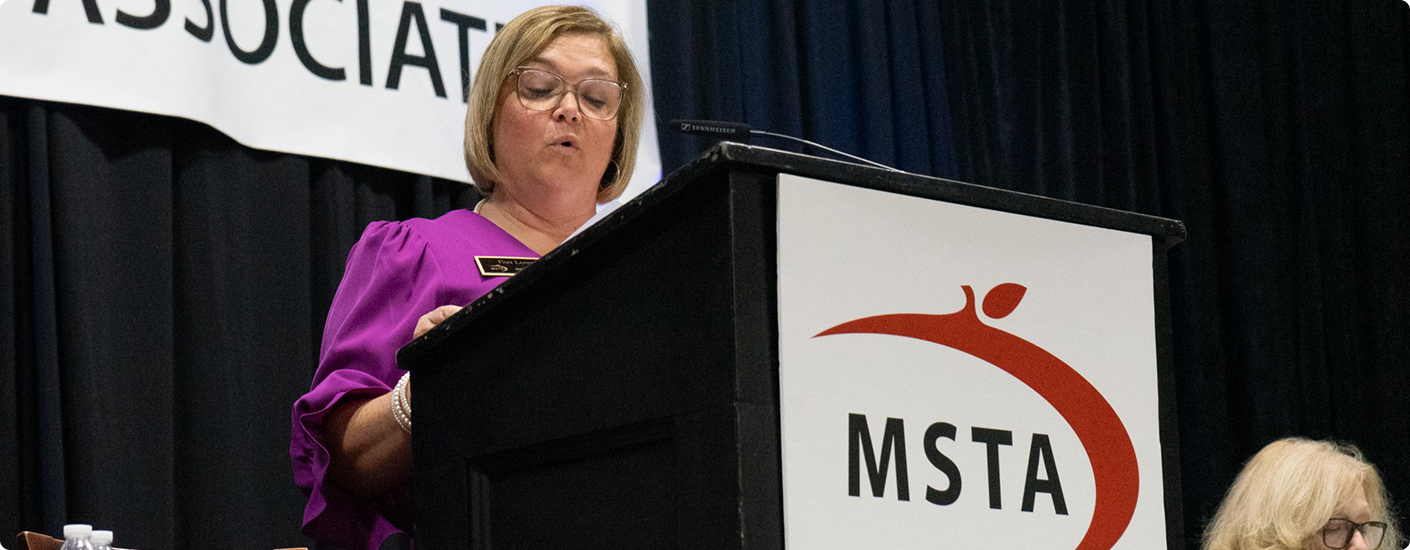Why a Formal CTA Strengthens Every District
For Missouri educators, belonging to MSTA means having a strong voice in the issues that shape your profession. But that voice is most powerful when organized locally through a Community Teacher Association (CTA).
Districts with a formal CTA benefit from structure, shared purpose, and direct representation within MSTA’s statewide governance system. Here’s what that means in practical terms.
1. Stronger Local Voice
A formal CTA gives your district an official voice in MSTA governance. CTAs elect delegates to the state Delegate Assembly, meaning your members directly influence MSTA policy and priorities. Unaffiliated members don’t have that collective representation, so their perspectives may be heard individually but not acted on collectively.
2. Local Control and Cohesion
A CTA allows educators in the same district to organize under one shared set of bylaws, elect officers, and hold regular meetings. This structure builds unity, simplifies communication, and ensures district-level decisions reflect the collective needs of your educators—not just individual opinions.
3. Access to Resources and Funding
When members join through a CTA, a portion of their dues automatically returns to the local group. Those funds can be used for district-level professional development, recognition programs, or community events—resources that unaffiliated members don’t receive.
4. Easier Advocacy and Problem-Solving
CTAs can coordinate directly with MSTA’s legal and advocacy teams. When issues arise—such as contract concerns or changes in district policy—MSTA staff can work through local CTA leaders who understand district dynamics and can represent the collective voice of members effectively.
5. Leadership Development
A formal CTA provides clear pathways for leadership. Members can serve as officers, delegates, or committee chairs, gaining experience that often leads to regional and state roles. These opportunities strengthen both the local association and MSTA’s broader network of teacher leaders.
6. Enhanced Communication
CTAs ensure two-way communication between your district and MSTA headquarters. Members receive updates about legislative priorities, professional opportunities, and legal changes, while MSTA gains timely feedback from educators across the state.
7. Longevity and Stability
A formal CTA helps maintain continuity as individual members retire, transfer, or take on new roles. With bylaws, officers, and regular meetings, your association keeps functioning smoothly, preserving institutional memory and consistent member support over time.
Building Your Local Voice
Establishing or re-establishing a CTA is one of the most effective ways to strengthen educator collaboration and advocacy in your district. It ensures your members are represented, supported, and connected at every level of MSTA.
If your district doesn’t have an active CTA, MSTA staff can help you get started. Contact your local member service coordinator to learn more about forming or reactivating your local association.
 Login
Login
 MSTA Regions
MSTA Regions
 Search
Search
 Contact Us
Contact Us





